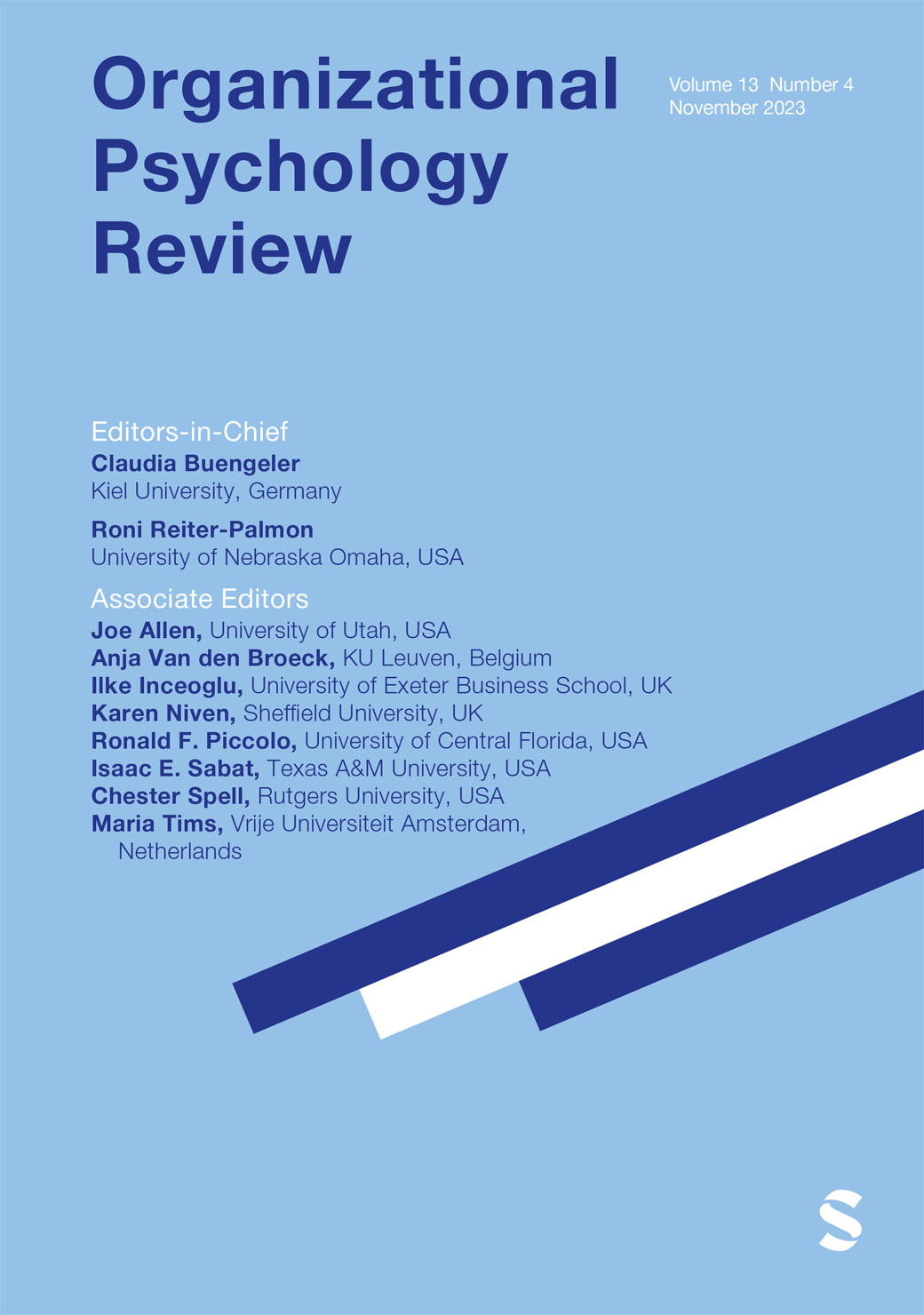Individual differences in negotiation: A relational process model
IF 7.1
1区 心理学
Q2 MANAGEMENT
引用次数: 7
Abstract
Intuition suggests that individual differences should play an important role in negotiation performance, and yet empirical results have been relatively weak. Because negotiations are inherently dyadic, the dyad needs to feature prominently in theorizing. In expanding the traditional treatment of individual differences to two systematically interconnected parties, a relational process model (RPM) emerges. The RPM illustrates how the individual differences of both negotiators spark complex behavioral dynamics through five distinct theoretical mechanisms. Individuals (a) select each other, (b) set expectancies for each other, (c) serve as behavioral triggers and affordances for each other, (d) reciprocate and complement each other’s behaviors, and (e) vary in their responses to identical behaviors. It also directs attention to new classes and dimensions of individual difference factors. The RPM helps explain why past research has been highly conservative. A more complete picture needs to incorporate the complex interplay starting with parties’ individual differences.谈判中的个体差异:一个关系过程模型
直觉表明,个体差异应该在谈判绩效中发挥重要作用,但实证结果相对较弱。因为谈判本质上是二元的,所以二元需要在理论中占据突出地位。在将对个体差异的传统处理扩展到两个系统互连的方的过程中,关系过程模型(RPM)出现了。RPM说明了两位谈判者的个体差异如何通过五种不同的理论机制引发复杂的行为动力学。个体(a)相互选择,(b)为彼此设定期望,(c)充当彼此的行为触发因素和可供性,(d)相互回应和补充对方的行为,以及(e)对相同行为的反应各不相同。它还将注意力引向个体差异因素的新类别和新维度。RPM有助于解释为什么过去的研究高度保守。一个更完整的画面需要包括从政党的个人差异开始的复杂的相互作用。
本文章由计算机程序翻译,如有差异,请以英文原文为准。
求助全文
约1分钟内获得全文
求助全文
来源期刊

Organizational Psychology Review
Multiple-
CiteScore
10.00
自引率
1.60%
发文量
25
期刊介绍:
Organizational Psychology Review is a quarterly, peer-reviewed scholarly journal published by SAGE in partnership with the European Association of Work and Organizational Psychology. Organizational Psychology Review’s unique aim is to publish original conceptual work and meta-analyses in the field of organizational psychology (broadly defined to include applied psychology, industrial psychology, occupational psychology, organizational behavior, personnel psychology, and work psychology).Articles accepted for publication in Organizational Psychology Review will have the potential to have a major impact on research and practice in organizational psychology. They will offer analyses worth citing, worth following up on in primary research, and worth considering as a basis for applied managerial practice. As such, these should be contributions that move beyond straight forward reviews of the existing literature by developing new theory and insights. At the same time, however, they should be well-grounded in the state of the art and the empirical knowledge base, providing a good mix of a firm empirical and theoretical basis and exciting new ideas.
 求助内容:
求助内容: 应助结果提醒方式:
应助结果提醒方式:


